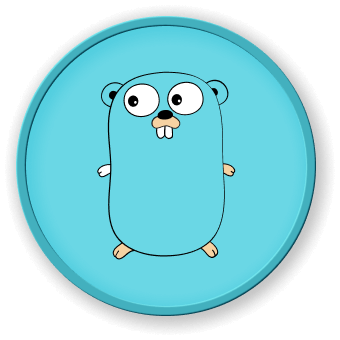Golang Time Fundamentals
Golang provides a comprehensive set of tools for working with time and date-related operations. In this section, we will explore the fundamental concepts of time representation, time zones, and time comparison in Golang.
Time Representation in Golang
In Golang, the time package provides a Time struct to represent a specific point in time. The Time struct contains various fields, such as year, month, day, hour, minute, second, and nanosecond, which allow for precise time representation.
package main
import (
"fmt"
"time"
)
func main() {
// Create a time object representing the current time
now := time.Now()
fmt.Println("Current time:", now)
// Extract individual components of the time
fmt.Println("Year:", now.Year())
fmt.Println("Month:", now.Month())
fmt.Println("Day:", now.Day())
fmt.Println("Hour:", now.Hour())
fmt.Println("Minute:", now.Minute())
fmt.Println("Second:", now.Second())
fmt.Println("Nanosecond:", now.Nanosecond())
}
Time Zones in Golang
Golang's time package also provides support for working with time zones. The time.LoadLocation() function can be used to load a specific time zone, and the time.Now().In() method can be used to convert the time to a different time zone.
package main
import (
"fmt"
"time"
)
func main() {
// Load the time zone for New York
loc, err := time.LoadLocation("America/New_York")
if err != nil {
fmt.Println("Error:", err)
return
}
// Get the current time in New York time zone
nyTime := time.Now().In(loc)
fmt.Println("New York time:", nyTime)
// Get the current time in UTC
utcTime := time.Now().UTC()
fmt.Println("UTC time:", utcTime)
}
Time Comparison in Golang
Golang's time package provides various methods for comparing time values, such as Before(), After(), and Equal(). These methods can be used to determine the relative order of time values.
package main
import (
"fmt"
"time"
)
func main() {
// Create two time values
t1 := time.Now()
t2 := t1.Add(time.Hour)
// Compare the time values
if t1.Before(t2) {
fmt.Println("t1 is before t2")
}
if t2.After(t1) {
fmt.Println("t2 is after t1")
}
if t1.Equal(t1) {
fmt.Println("t1 is equal to t1")
}
}
By understanding the fundamental concepts of time representation, time zones, and time comparison in Golang, you can effectively work with date and time-related operations in your Golang applications.




